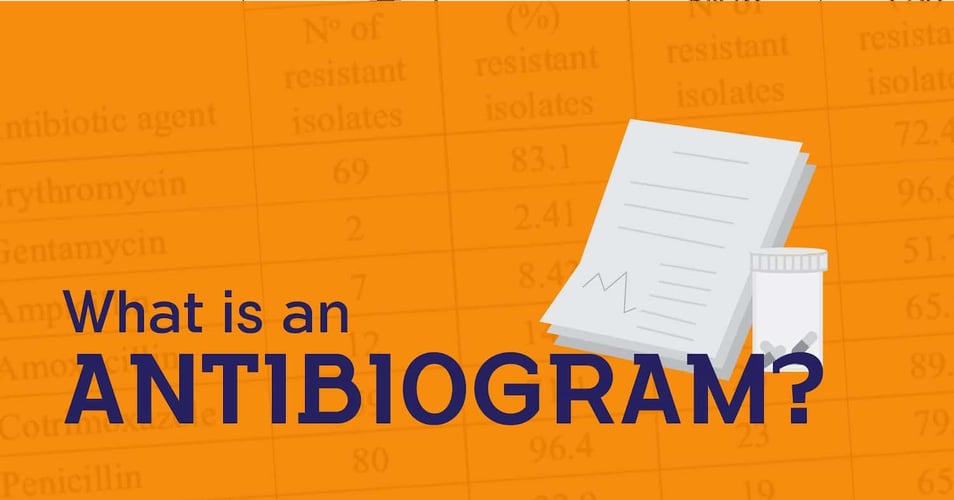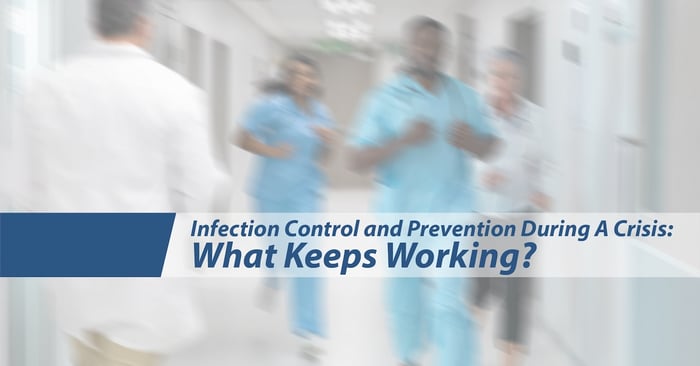Before COVID-19, the field of infection control and prevention was making incredible progress. Putting in place protocols and ensuring consistent...
Infection Control and Prevention During A Crisis: What Keeps Working?

![EOScu Logo - Dark - Outlined [07182023]-01](https://blog.eoscu.com/hubfs/Eoscu_June2024/Images/EOScu%20Logo%20-%20Dark%20-%20Outlined%20%5B07182023%5D-01.svg)












